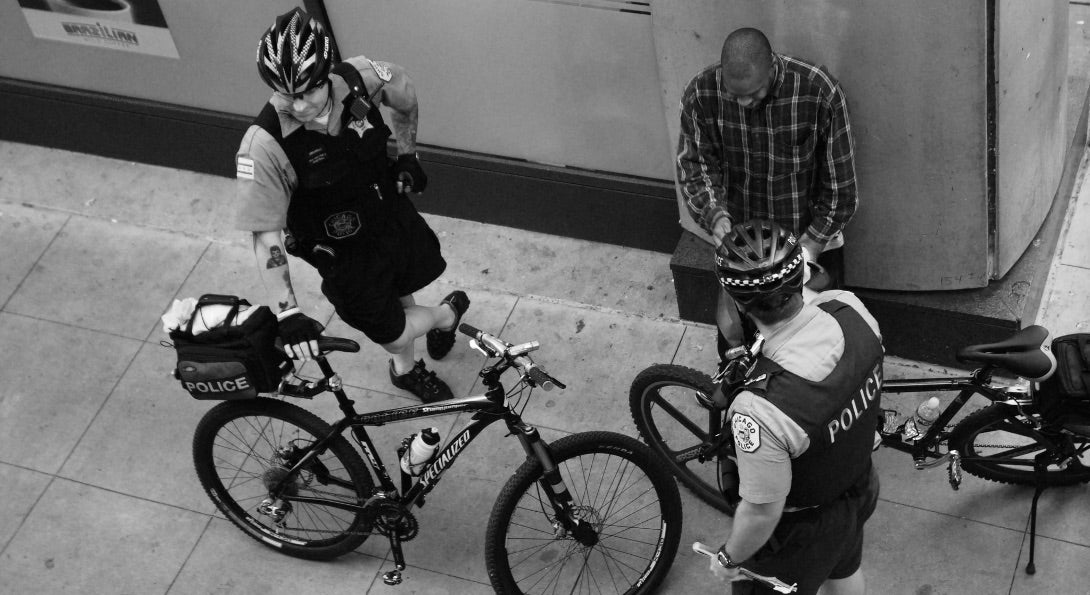2016-21 data details scale of civilian injuries in police interactions

Story text

The two-year anniversary of the death of George Floyd was marked by protests and remembrances across the United States. Civilian deaths in police interactions continue to face heightened scrutiny, notably the deaths of Adam Toledo and Anthony Alvarez in spring 2021 in Chicago.
Yet these high-profile cases tell an incomplete story. In the latest report released by SPH’s Law Enforcement Epidemiology Project at the UIC School of Public Health, researchers detail how for every civilian death in interactions with law enforcement in Illinois from 2016-2021, there are approximately 50-70 non-fatal injuries that require treatment in a hospital.
“Incidents of civilians injured by law enforcement are frequently dismissed, in part because they are anecdotal,” said Lee S. Friedman, PhD, professor of environmental and occupational health sciences and project co-director. “The lack of comprehensive surveillance data permits a narrative to persist that the problem does not exist or is exaggerated. We need a comprehensive surveillance program to help define policy on reporting requirements, accountability and training.”
The report, “Surveillance of Civilians Injured by Law Enforcement: Civilian Injuries Resulting in Hospitalization in Illinois, 2016-2021,” demonstrates how hospital outpatient and inpatient data can be a useful tool in a comprehensive surveillance system for civilian injuries caused by law enforcement. Alfreda Holloway-Beth, PhD ’14, MS ’07, research assistant professor of environmental and occupational health sciences and director of epidemiology with the Cook County of Department of Public Health, is the report’s co-author and co-director for the project.
Key findings include:
- Civilian injuries caused by law enforcement impact all citizens in the state, but Black people are consistently and disproportionately the victims of both fatal and non-fatal injuries caused by law enforcement. Incidence rates are highest outside of Cook County and Chicago.
- Injured persons are predominantly male, people 15 and 44 years of age and people on Medicaid or without health insurance, proxies for low income.
- People with neurologic conditions, substance use disorders and major psychiatric conditions, and persons who are homeless are more likely to suffer an injury from law enforcement that requires hospital care.
- Injuries suffered by civilians are consistent with known control tactics used by law enforcement targeting the head and upper extremities.
- Civilian injuries are not isolated to major urban centers but occur throughout the state.
- Only about 24 percent of patients were discharged to courts or the custody of law enforcement, suggesting they were not charged with a crime or arraigned.
- Researchers identified 518 injuries caused by canines and conducted energy devices (such as TASERs). Nearly all of these injuries occurred within only a few municipalities. Training, policies, and utilization of K-9 units and conducted energy devices varies by jurisdiction. The hospital data clearly indicates that review of practices within municipalities where these sources of injuries nearly exclusively occur is warranted.